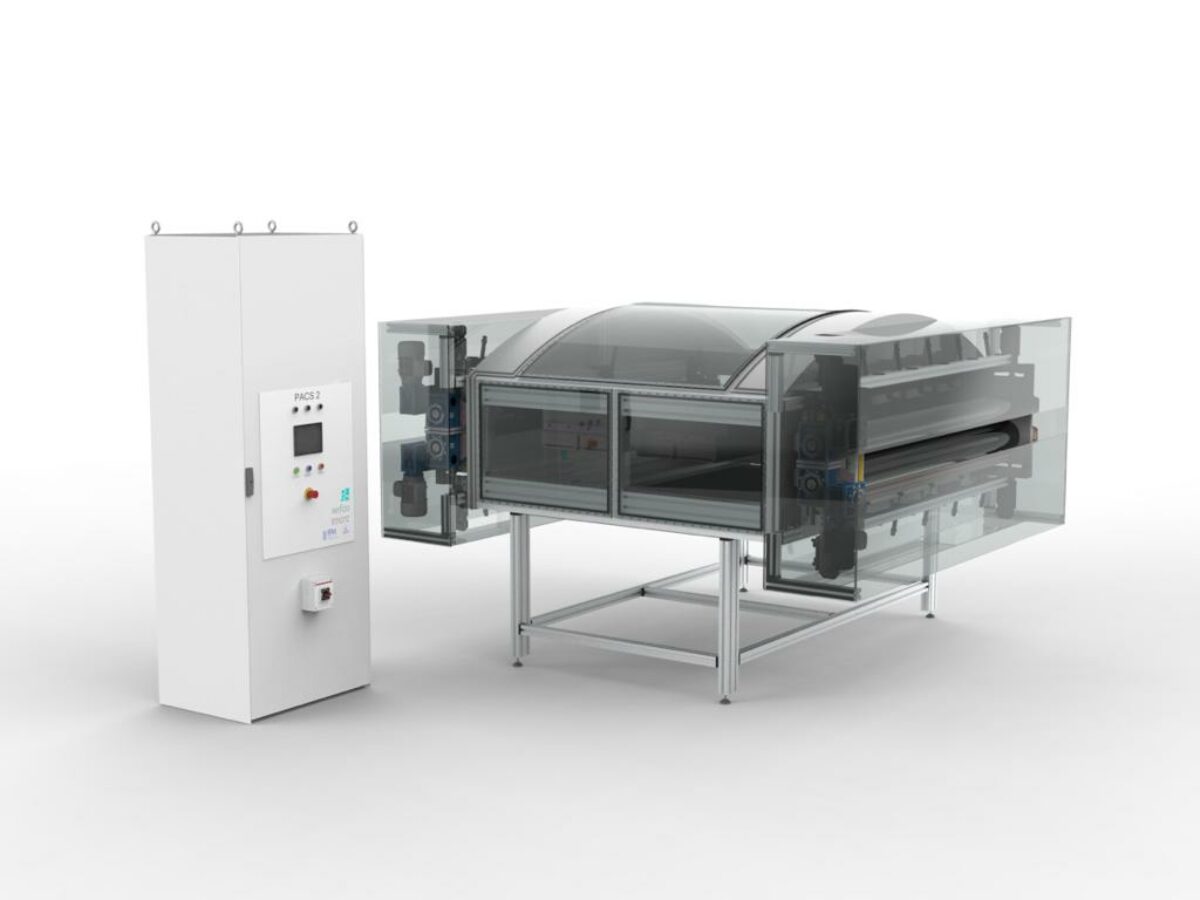IMCRC awards grant to project that could cut textile industry’s water use

A team involving Xefco, Deakin University and the Innovative Manufacturing CRC have announced a new $700,000 project to develop a method that will use less water to dye textiles, a step that currently uses 85 per cent of water consumed by textile manufacturing.
The work will see the team develop a different use for Xefco’s proprietary XSP atmospheric plasma system, which is currently being used for coatings.
(A separate, ongoing, IMCRC-backed project on XSP, announced in 2019 and running for three years, is running in parallel to this one.)
“The XSP technology we have been developing together with Xefco can be used to apply functional coatings to textiles and other materials via a patented process of plasma enhanced chemical vapour deposition (PECVD) in atmospheric conditions,” said Associate Professor Dr Weiwei Lei of Deakin’s Institute for Frontier Materials (IFM) in a statement.
“This process can be extended and produce a range of highly durable treatments including colour, using less water, and dyeing agents.”
The IFM’s Dr Alessandra Sutti added, “Even small improvements in process efficiency, such as small reductions in water consumption, will have a massive environmental impact”.
The textile industry was a laggard in sustainability, according to Xefco’s General Manager of Plasma Technologies Scott Whitby.
“These days we need to think beyond prevailing pattern[s] and invest in innovative, long-term sustainable solutions that will drive the change this industry needs to move into the modern era,” he added.
The project has a budget of $700,000. The amount of support from IMCRC was not given, but it is through the Activate program, which generally provides grants between $50,000 and $100,000 in value.
The project announcement follows news in September of a joint venture between Xefco and PPK Group named Survivon, which would make use of Xefco’s vapour deposition process for 99.95 per cent pure, ultra-thin copper coatings on antibacterial facemasks.
Picture: supplied
Subscribe to our free @AuManufacturing newsletter here.
Topics Technology
@aumanufacturing Sections
Analysis and Commentary Awards Defence Manufacturing News Podcast Technology Videos






